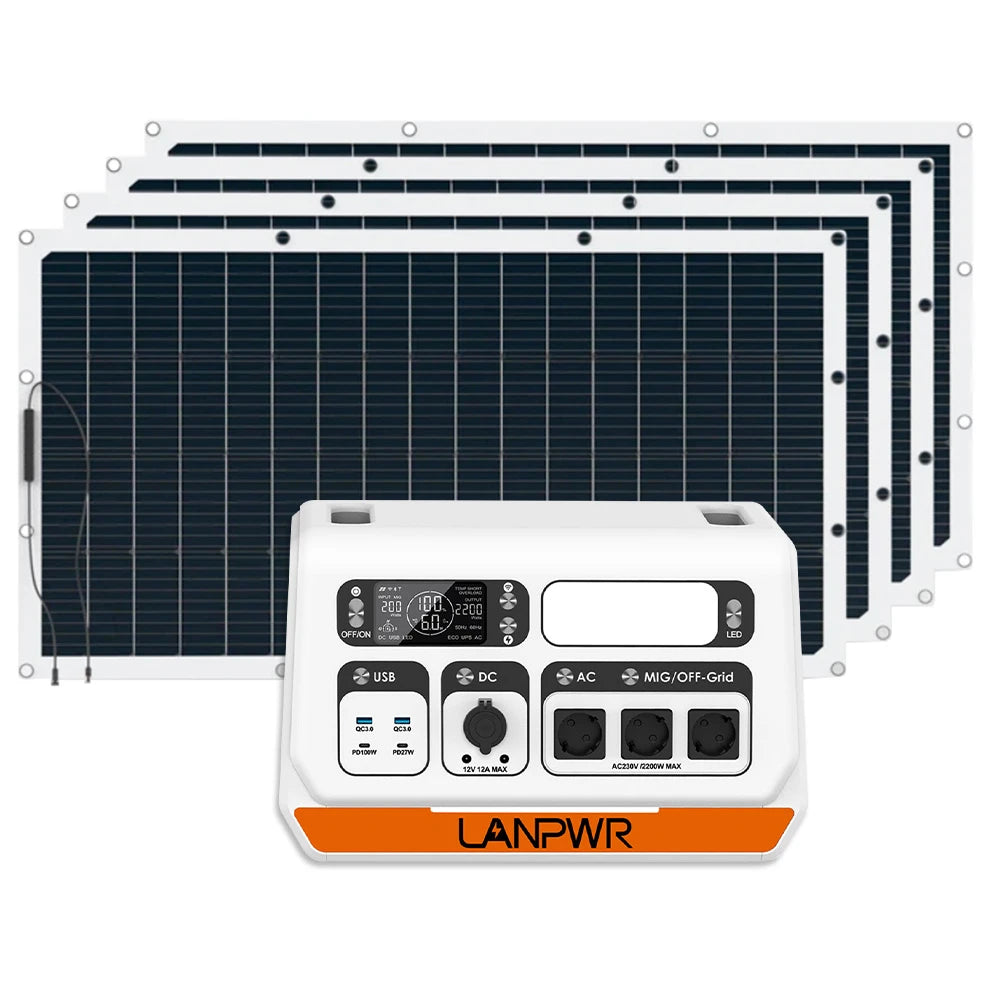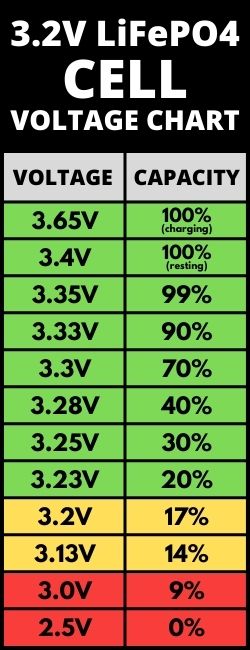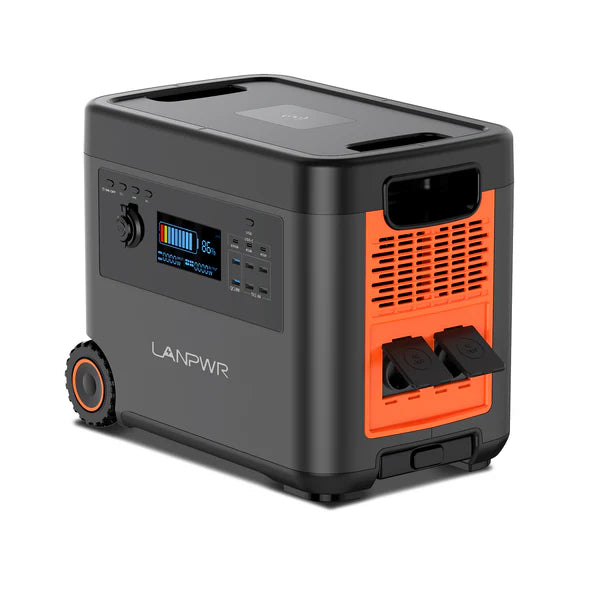The move towards energy independence is a huge step you could commit to now and then save up huge sums in the long run. But one of the most important choices one must make would be to decide on the size of the solar system that best suits your requirements. It will determine how much your solar system will generate, how much money you could save on your electricity bill, and what your return on investment will be. In this article, we will write a guide on how you can effectively.
Determine the Best Size Solar System For Your Home or Business!
Step 1: Know Your Consumption
This is where it all begins, with figuring out how much you use. You need to determine how many months you want to be able to power with your generator at any time, and then calculate the amount of energy units you are using each month to get an average per month; this is done by reviewing your previous electricity bill.
How to Analyze Your Energy
Here are the steps to how you can analyze your energy usage:
Collect Your Electricity Bills: Get together with at least 12 months of electricity bills to adjust for seasonal variations in energy use.
Monthly Consumption: Use the monthly kilowatt hours (kWh) consumed as a basis. This information will be provided on your electricity bill
Calculate The Average Daily Usage
Just limit the consumption that is being used daily by dividing the monthly consumption by 30 days.
Pick Months of Peak Usage: These are the months when your usage is the highest and hence a solar system size needs to be planned to cover these peaks. The total consumption per year is 12,000 kWh / 12 = 1,000 kWh per month on average. It means that your daily average consumption is roughly 33.33 kWh.
Finding Out Your Solar Potential and Light Availability
Solar potential and the amount of sunlight your location gets are important to know so that it can help you determine how big your solar should be. Many factors, such as your geographic location, climate, and even your roof orientation and shading, can influence your solar potential.
How to calculate your solar potential
Check Solar Irradiance Maps: Use solar irradiance maps or an online tool like the PVWatts Calculator by the National Renewable Energy Laboratory (NREL) to get a general idea of the average sunlight hours in your area.
Assess Roof Orientation and Tilt: The perfect orientation for solar panels in the Northern Hemisphere is south-facing at an angle equal to your latitude. You may need to make some changes to make it work well enough.
Think about Shading: Many objects, such as trees or buildings, could prevent some direct sunlight and reduce the effectiveness of your solar panels. You can use tools such as Solar Pathfinder or get a professional assessment done to evaluate the amount of shading.
Most regions of the U.S. receive between 3 to 6 peak sunlight hours per day.
Example: If the area you are in receives 5 sun hours per day on average for peak sunlight, you can convert that into the size of the solar system you will need.
How to Calculate the Grounded Solar System
Size needed based on your average daily energy needs and the average peak sun hours of sunlight, you can derive the size of the solar system you need.
The formula is: System Size (kW) = Daily Energy Consumption (kWh) Average Peak Sunlight Hours System Size (kW): Average Peak Sunlight Hours Daily Energy Consumption (kWh) Plugging in the above numbers: System Size (kW) = 33.33 kWh 5 hours = 6.67 kW System Size (kW)= 5 hours 33.33 kWh =6.67 kW.
This means that under perfect circumstances, you would need a 6.67 kW solar system to match your average daily electricity use.
Taking account of system efficiency and losses solar systems are not 100% efficient. Inverter efficiency, panel orientation, temperature, and power losses in the system (wiring, shading) all contribute to the system output. For all of this inefficiency, it would be wise to build in some buffer to your system size. Another rule of thumb is to size the system 20% to 30% larger than the above-calculated system so that you meet your energy needs.
For example, using the old one: Adjusted System Size (kW) = 6.67 kW × 1.25 = 8.34 kW Adjusted System Size (kW)=6.67 kW×1.25=8.34 kW.
This adjustment ensures that your solar system can still deliver what you need even if it gets a bit less efficient.
Assessing Roof Space Solar Panel Installation Area
Space is also a very important factor when it comes to solar panels. The sizes of solar panels vary, but the solar panels that come in residential sizes are typically 3.2-square-foot and output at 300-400 watts.
Roof Area Required Calculation: Steps: 1 Find Panel Output: Assume an average solar panel output of 350 watts (0.35 kW).
Count the Panels: System Size divided by Panel Output Number of Panels = System Size (kW) Panel Output (kW) Number of Panels= Panel Output (kW) System Size (kW).
Using the adjusted system size: Number of Panels = 8.34 kW 0.35 kW/panel=24 panels Number of Panels= 0.35 kW/panel 8.34 kW =24 panels
Calculate Roof Space Required: Multiply the number of panels by the area of each panel. Roof Space (m 2 )=24 panels×1.6 m 2 /panel=38.4 m 2. Make sure your roof has sufficient roof space for the number of required panels without heavy shading or obstructions.
Financial Incentives: There is no getting around the fact that putting in a solar system is a huge upfront investment. But, even though the initial output can be pretty high, several financial incentives can save you money with solar power.
Federal and State Incentives: There are benefits, such as federal tax credits (like the Investment Tax Credit) and state-specific incentives in several countries (including the U.S.) which will lessen the cost of your solar system.
Net metering: This enables you to sell any extra energy created by your solar system to the grid, reducing even more your energy expenses.
Financing: Most solar providers provide financial products including loans, leases, and PPAs to help distribute the upfront costs over time.
ROI (Return on Investment): It is the payback period and this can be calculated by dividing the net cost incurred on the solar system by the savings you make on your energy bills every year. On average, the payback period falls between 5 - and 10 years, depending on how you pay for your energy and your local energy costs.
Summary
How big of a solar system you should get is a big decision that depends on how much electricity you consume, your solar potential, how efficient your system is, the amount of roof space you have, and your budget. This guide walks you through the process so you know exactly what to look for when you invest in solar energy to ensure your investment is the most beneficial it can be. It will bring down your electric bills and it will be a step taken towards an energy future that is sustainable and environment friendly using solar power. Technology is always moving forward and solar panels are no exception - now is the perfect time to utilise the sun for your home or business as the cost of solar continues to drop.














Leave a comment
This site is protected by hCaptcha and the hCaptcha Privacy Policy and Terms of Service apply.